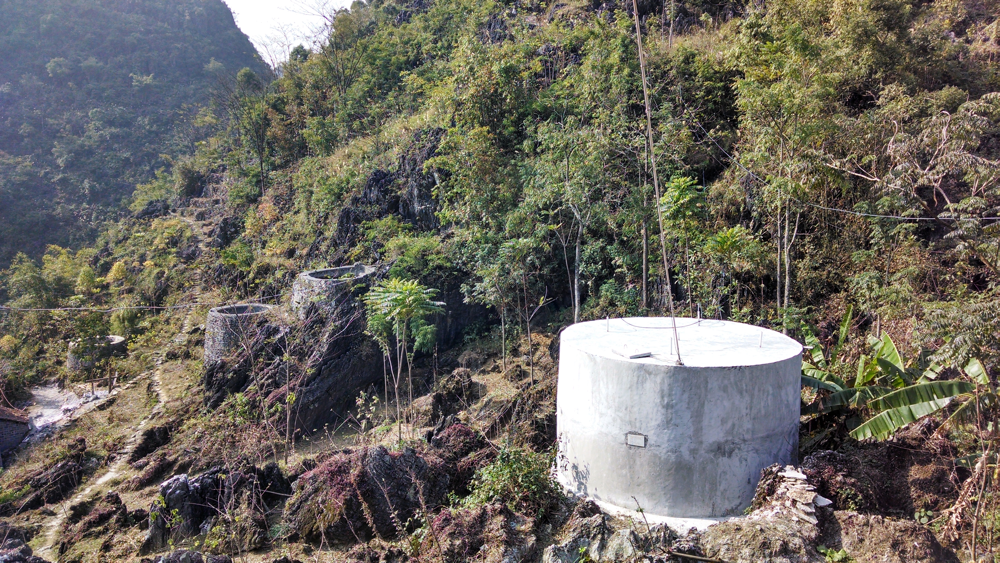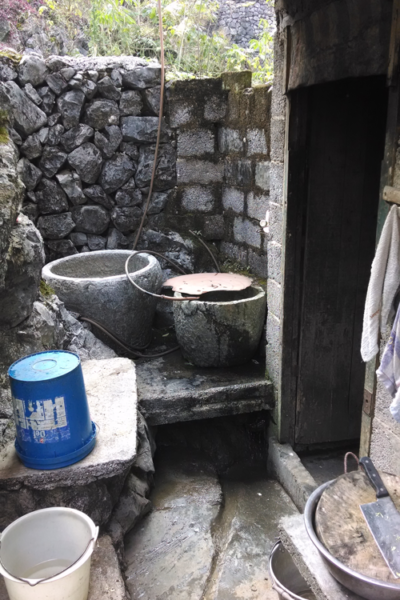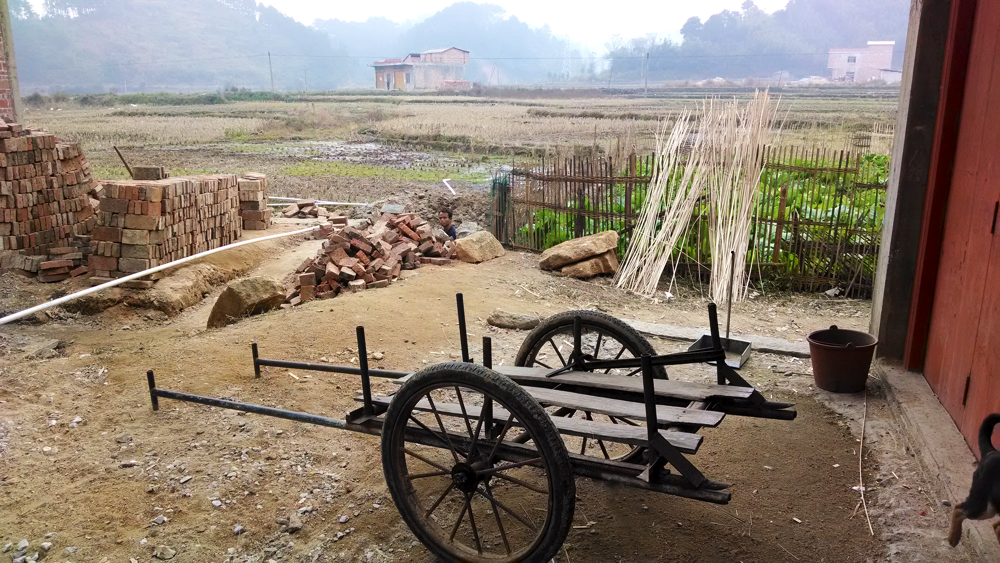In China, decades of rapid economic growth and development have brought historically unprecedented reductions in poverty and improvements to Chinese people’s lives and livelihoods. However, the country’s fast-paced economic development also contributed to the contamination of surface and groundwater, soils, and the air. The Chinese government is working to address these issues and is increasingly focused on environmental cleanup, natural resource protection, and enhanced pollution prevention efforts.

Microbiological contamination from human and animal wastes introduces pathogenic organisms, such as viruses and bacteria, into drinking water sources. Exposure to such contaminants can result in both short-term and long-term negative health impacts or death – especially for susceptible groups like children, the elderly, and the immunocompromised. Fortunately, preventing or treating microbial contamination is relatively straightforward and there are many effective low-cost technologies available.
Globally, 1.8 billion people still lack microbiologically safe drinking water, and hundreds of millions more lack access to proper sanitation – nearly 500,000 children die annually as a result [WHO/UNICEF, 2014, Bain et al., 2014 & Pruss-Ustun et al., 2014]. This problem is especially acute in rural areas where there is no piped drinking water. Consequently, rural households in low and middle-income countries are often responsible for collecting and treating their drinking water. There are many low-cost treatment technologies available (such as filters), but despite decades of education and information campaigns, none have achieved widespread and sustained adoption [Amrose, Burt, & Ray, 2015].


In spite of China’s overall excellent progress expanding improved drinking water access, ~300 million Chinese still lack reliable access to microbiologically safe drinking water [Tao, 2009 & China MoEP, 2013]. China has invested heavily in small-scale drinking water treatment plants in rural areas, yet the majority of these treatment plants suffer from an array of technical, economic, and managerial problems – problems which often result in a lack of safe piped drinking water provision for many low-income rural areas. This, combined with poor sanitation, causes significant morbidity and mortality in rural areas of China’s poorer provinces.In China, decades of rapid economic growth and development have brought historically unprecedented reductions in poverty and improvements to Chinese people’s lives and livelihoods. However, the country’s fast-paced economic development also contributed to the contamination of surface and groundwater, soils, and the air. The Chinese government is working to address these issues and is increasingly focused on environmental cleanup, natural resource protection, and enhanced pollution prevention efforts.
While millions of Chinese still drink untreated water, the majority of the 600+ million Chinese living in rural China usually boil their water, many of whom use biomass or coal for fuel. Boiling – a universally accessible, non-commercial, and microbiologically effective method – is the most commonly used form of household treatment globally [Rosa & Clasen, 2010 & WHO, 2016].
However, water boiled in open pots is easily re-contaminated and the burning of solid fuels creates household air pollution, exposure to which causes cardiovascular and pulmonary diseases. Globally, 3.9 million deaths were attributed to household air pollution in 2010 [Smith et al., 2014], and China and India have the highest rates of exposure to household air pollution [Chafe et al., 2015]. Indeed, ~33% of China’s outdoor air pollution burden is due to residential air pollution [Lei et al., 2011].
While some chemical contamination occurs naturally (e.g., arsenic and fluoride), more often it is the result of pollution from industry, agriculture, energy production, and transportation – pollutants from these sources contaminate surface and groundwater, as well as soils, the air, and our oceans. Exposure to such contaminants can cause a wide variety of short-term and long-term diseases in humans and wildlife depending on the contaminant in question as well as the severity and duration of exposure. While epidemiologic studies help us understand the dose-response relationships for many common chemical contaminants, there are thousands of relatively new compounds in our environment that have yet to be properly studied – a problem for the USA as well as China and the rest of the world.
These are just some of the issues which the China CDC is actively working to address – many of which are just as applicable to parts of rural California and other US States, as they are to rural China. Through our collaboration, we hope to support their efforts and learn from their experience and projects in order to improve human and environmental health in China, the USA, and beyond.

Funding Support
We are grateful for the funding support provided to help launch the program in 2016/2017 by UC Berkeley’s College of Natural Resources, Potential Industries, and others.
